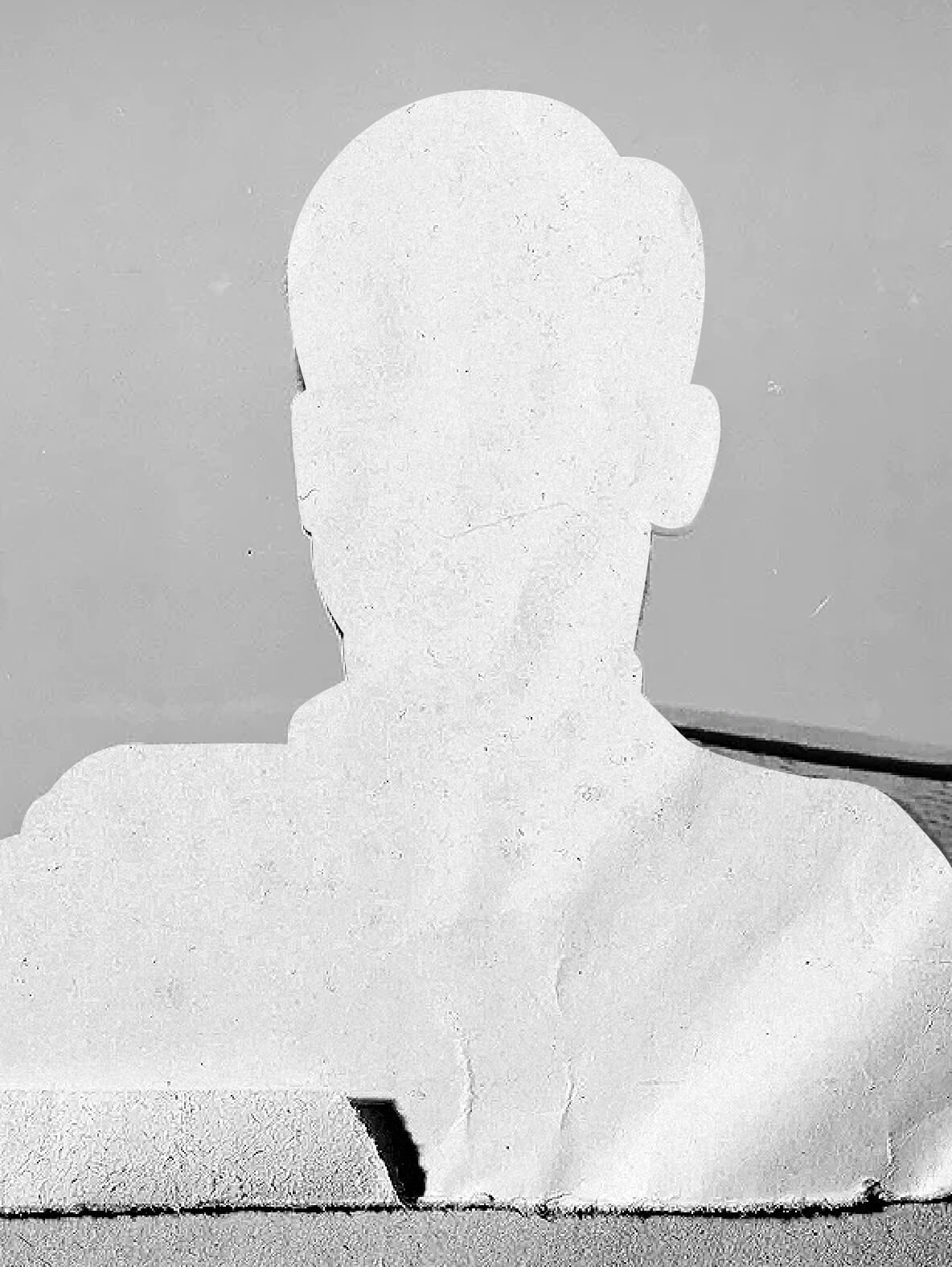Bacchanalia
Bacchanalia
oil, canvas, 67 x 69.5 cm
A viewer who is used with the famous paintings of Delacroix or Cézanne can be surprised by the violent or erotic "explosions" that sometimes appear in the works of these artists. Kupferstein Imre's Bacchanalia is also an example of an artistic outburst. Strengthening the ecstatic atmosphere of the stage, the artist places his characters in nature, in a space that will be overwhelmed by a storm.
In this work, a mythological theme frequently encountered in the history of art is addressed: a bacchanalian celebration. If traditionally, works of this type had in the center the god Bachus, surrounded by an intoxicated procession, in the work of Kupferstein, the characters lose their mythological aura. They are currently brought to a table, but the dynamics of the compositional lines retain little of the dynamics of the Bacchic processions.
Using the iconographic formula invented by Manet in The Luncheon on the Grass, which so outraged the public, at the end of the 19th century, the Hungarian artist modernized the theme of the Bacchic holiday. Both artists choose to introduce nudes with the bourgeois dressed in clothing specific to the era. If in the case of Manet, there is a certain ambiguity in the scene, in the case of Kupferstein, the scene explicitly turns into an orgy, the provocative nature of the work is even more accentuated since the bourgeois watching are not exclusively men but also women.
The artist places the scene in an architectural setting, with a landscape in the background rendered in large and pasty brush strokes. The way of representation is expressionist, but emphasizing the narrative character of the image. The atmosphere of the work, the characters represented in the nervous opening, but also the way the composition was made, with strong diagonals, on the trajectory of which the shapes become diffuse, reveals a hectic banquet scene.
Kuti Kupferstein Imre
Bacchanalia
oil, canvas, 67 x 69.5 cm
- signed at the bottom right with black:
KUPFERSTEIN
- on the back:
- damaged label Nemzeti Szalon (Exhibition of the Szinyei Társaság Company)
- Első Magyar Látványtár label
- Export label 0509/2017 - Kieselbach auction label
- Condition of the work:
good, two scratches on the bottom left side
- Documents:
not found


Kuti Kupferstein Imre
Újfehértó, 1894? - 1944, Auschwitz
Even though we know very little about the life of Kuti Kupferstein Imre, we know two things: that he studied painting and that he led the Artists’ colony in Makó.
See More






